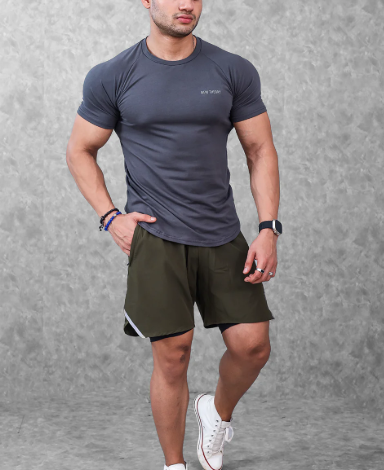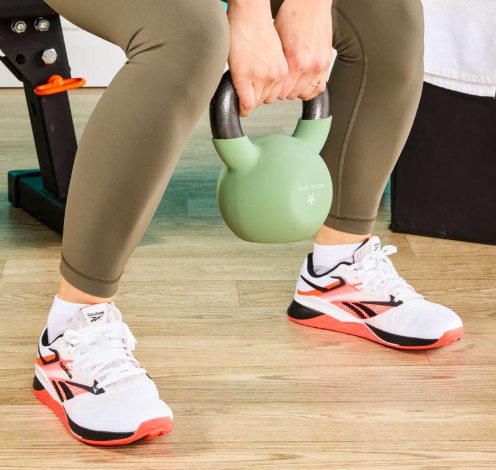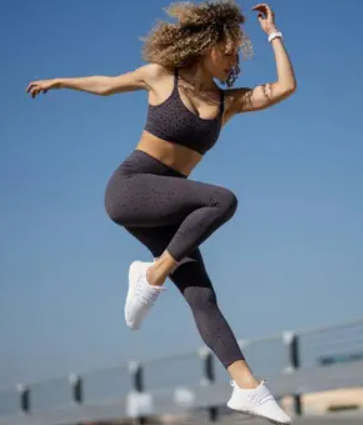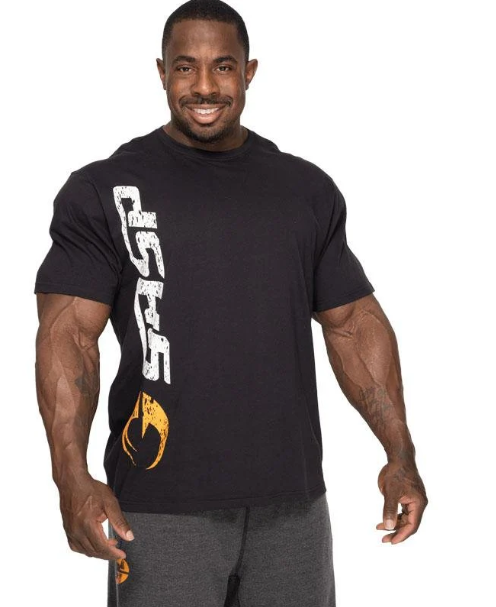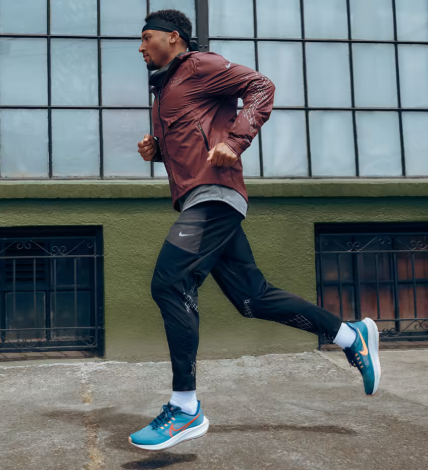
How to Choose the Right Gym Wear for Winter Workouts
As the winter months roll in, adjusting your gym wear is essential to ensure both comfort and performance during your workouts. The colder temperatures call for clothing that keeps you warm without restricting your movement or causing overheating. Here’s a guide to help you select the best men’s gym wear for winter training:
1. Layering: Essential for Winter Workouts
Layering is a practical approach to gym wear during the winter season. It’s not only stylish but also functional. Start with a moisture-wicking base layer, such as polyester, which pulls sweat away from your skin and helps keep you dry. For your second layer, consider an insulating fleece or a breathable hoodie that can be removed when you start to heat up. Finally, an outer layer—particularly for outdoor workouts—should be wind and water-resistant. Layering allows you to adjust as your body temperature rises or drops, keeping you comfortable in various environments.
2. Material Matters
The fabric you choose for winter workouts is crucial. Avoid cotton, as it absorbs moisture and retains sweat, leaving you feeling cold and uncomfortable. Instead, opt for synthetic materials like polyester, nylon, or spandex. These fabrics offer excellent moisture-wicking properties and help keep you warm while also providing necessary insulation.
3. Gym Leggings and Tights
For lower body wear, insulated compression tights or leggings are ideal. They offer warmth and support while still allowing full range of motion. Look for leggings with a fleece lining for outdoor training or tights with wind-resistant panels if you plan on running in chilly weather. If you prefer joggers, choose a tight-fitting style that offers flexibility and comfort without compromising on performance.
4. Upper Body Wear
For the upper body, a long-sleeve compression shirt works well as a base layer. It provides warmth and muscle support without feeling too hot during indoor workouts. Over this, opt for a lightweight, moisture-wicking sweatshirt or hoodie. A zip-up hoodie can be particularly handy, as it allows you to open it for ventilation if you get too warm.
5. Choosing the Right Gym Shoes
Winter gym shoes should provide excellent grip, especially if you need to walk through snowy or wet conditions. Waterproof or water-resistant shoes are beneficial but not always necessary. Pair them with moisture-wicking socks to keep your feet warm and dry. For weightlifting, flat-soled shoes that provide ankle support are recommended for added stability.
6. Accessories for Extra Warmth
Don’t forget about accessories that can boost warmth. A beanie, headband, or bandana helps retain body heat since a significant amount is lost through the head. For colder days, thermal gloves can make a big difference, especially when training outdoors. You’ll be far more comfortable if your hands aren’t freezing during your workout.
7. Prioritize Breathability
While staying warm is important, breathability is key to preventing overheating. Choose gym wear that allows heat to escape once your body warms up. Look for breathable panels or fabrics that provide ventilation and prevent you from getting too hot, which can be just as uncomfortable as being cold.
8. Comfort and Flexibility
Make sure your gym wear allows for full flexibility, particularly if you’re into weightlifting or bodybuilding. A tight-fitting top with a flexible fabric ensures that you stay warm without sacrificing movement. Your winter gym wear should never restrict your range of motion, so avoid stiffer materials that limit flexibility.
9. Stay Visible
With shorter days and longer nights, visibility becomes an important consideration, especially for outdoor workouts. Choose gym wear with reflective elements, such as a reflective jacket or running top. Many brands also offer footwear with reflective detailing, ensuring you stay visible in low-light conditions.
10. Style Without Compromise
Functionality doesn’t have to come at the cost of style. Many gym brands offer winter wear that’s both practical and fashionable, allowing you to express your personal style while staying warm and comfortable during your workout.
Conclusion
The key to perfect winter gym wear is finding the right balance between warmth, breathability, and flexibility. Whether you’re training indoors or outdoors, selecting the appropriate layers, fabrics, and accessories will ensure that you stay comfortable and focused. Remember, winter gym wear doesn’t just need to perform; it should also reflect your personal style, helping you look and feel your best while working hard at the gym.

